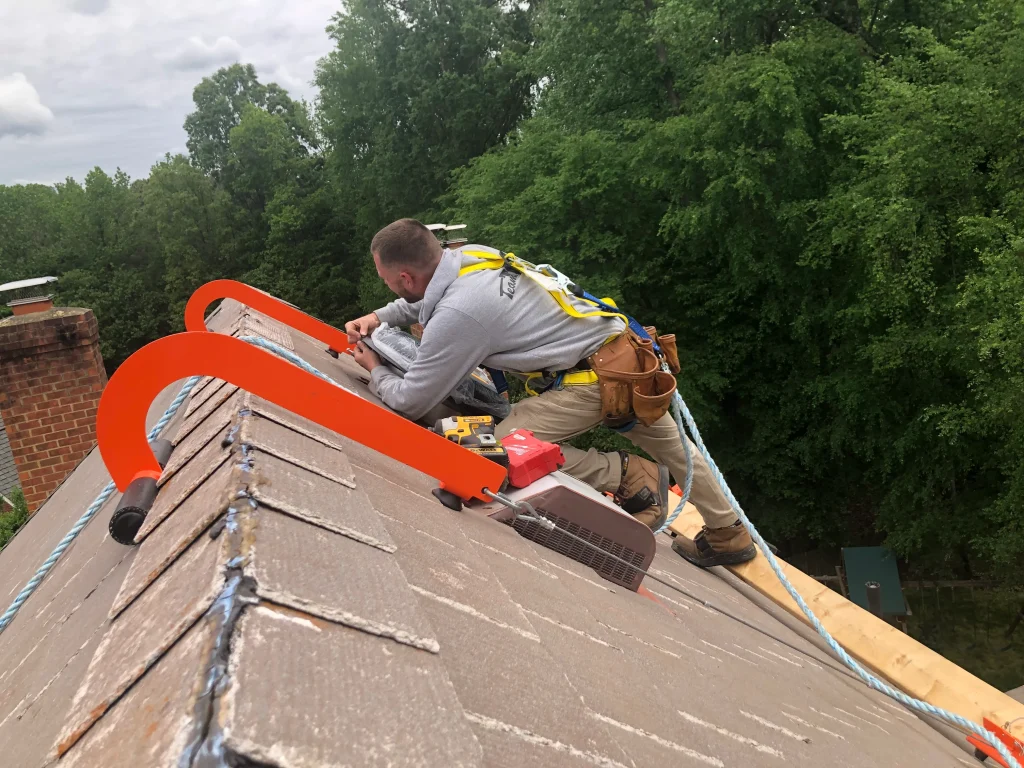The roof is one of the most critical components of any home, providing protection against the elements and maintaining the structural integrity of the property. However, over time, roofs undergo wear and tear due to constant exposure to weather conditions, and eventually, they will require replacement. If you are a homeowner in Texas, you might wonder, “How often should I replace my roof?” In this article, we will explore the factors that influence the lifespan of roofs in Texas and provide recommendations on when to consider roof replacement to ensure the safety and longevity of your home.

The Texas Climate and Its Impact on Roofs
Texas is known for its diverse climate, experiencing hot summers, unpredictable storms, and occasional extreme weather events. The intense heat, UV radiation, and heavy rainfall can take a toll on roofing materials over time. Asphalt shingles, which are commonly used for roofing in Texas, may experience thermal expansion and contraction, leading to cracking and degradation. Additionally, severe storms, including hail and strong winds, can cause significant damage to roofs. Understanding the climatic challenges in Texas is crucial to determining how often a roof should be replaced.
Lifespan of Different Roofing Materials
The lifespan of a roof largely depends on the type of roofing material used. In Texas, some common roofing materials and their approximate lifespans are as follows:
- Asphalt Shingles: Asphalt shingles, the most popular roofing material in Texas, typically last between 20 to 25 years. However, their longevity can vary based on the quality of the shingles and the level of maintenance.
- Metal Roofing: Durability and longevity are well-known characteristics of metal roofs. They can last anywhere from 40 to 70 years or more, depending on the type of metal used, the coating, and the quality of installation.
- Clay or Concrete Tiles: Clay or concrete tiles are highly resistant to extreme weather conditions and can last between 50 to 100 years with proper maintenance.
- Wood Shingles/Shakes: Wood shingles or shakes can have a lifespan of around 30 to 40 years, but they require regular maintenance to prevent rot and insect infestations.
Signs Your Roof Needs Replacement
While roofing materials have estimated lifespans, it’s essential to look for signs that indicate the need for replacement. Some common signs include:
- Age of the Roof: If your roof is approaching the end of its expected lifespan, it’s wise to start planning for a replacement even if there are no visible issues yet.
- Curling, Cracked, or Missing Shingles: These are indications of shingle degradation and possible water damage.
- Leaks and Water Stains: Water stains on the ceiling or walls and evidence of leaks in the attic clearly indicate compromised roof integrity.
- Excessive Granule Loss: For asphalt shingles, granule loss indicates that the shingles are wearing out.
- Sagging Roof Deck: A sagging roof deck suggests structural damage and requires immediate attention.
Regular Roof Inspections and Maintenance
To prolong the lifespan of your roof, regular inspections and maintenance are crucial. In Texas, professionals recommend scheduling a roof inspection at least once a year, preferably before the storm season. Roofers can identify minor issues early on and address them before they escalate into significant problems. Routine maintenance, such as cleaning gutters, removing debris, and fixing small damages, helps extend the roof’s life and ensures it can withstand Texas weather conditions.
Conclusion:
In conclusion, how often to replace roof in Texas depends on several factors, including the roofing material used, the local climate, and regular maintenance. While asphalt shingles may need replacement every 20 to 25 years, metal roofs can last up to 70 years or more. Regular roof inspections and timely repairs are essential to identify potential issues early and extend the roof’s lifespan. If you notice signs of wear and tear or your roof is approaching the end of its expected lifespan, it’s best to consult with a professional roofing contractor to determine the most appropriate time for roof replacement. By staying proactive, Texas homeowners can ensure the safety, longevity, and performance of their roofs for many years to come.



Leave a Reply